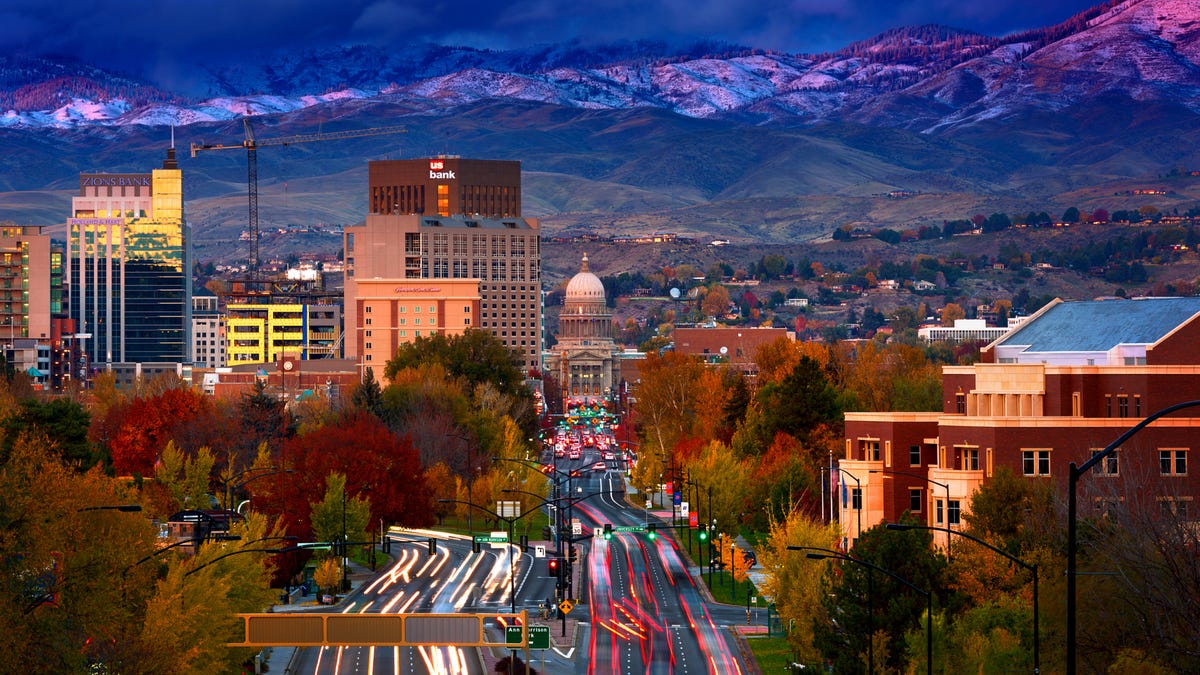Public transport users face perhaps their toughest-yet “March Madness” peak with Auckland Transport conceding it has no reserves available to deal with the traditional surge in patronage.
The return of tertiary students and other factors has typically driven a spike of 1.5 million trips in March, requiring AT to pull-in extra buses to help cope with the surge which has left people at waiting at stops.
“We are struggling, there is no (bus) surplus right now,” said Richard Harrison, AT’s metro optimisation manager, of the plight it faces.
The first March Madness peak since years of Covid-19 disruption has collided with a shortage of around 380 bus drivers, and two sections of the rail network being closed or constrained by track work.
READ MORE:
* Auckland still grappling with bus cancellations amid worker shortage
* Auckland traffic: Here’s why your commute is taking longer than normal
* Aucklanders may get $29 a week unlimited public transport
In pre-Covid years Auckland Transport has been able to draw on buses outside the normal Metro fleet to boost capacity, but for 2023 those are buses are already committed to replacing train services.
Auckland Transport’s only response this year will be to try to reallocate the largest buses to routes with the highest demand, and advise passengers who can, to avoid the morning and evening peaks.
“There’s a short (peak) period of 1-1.5 hours morning and evening – if you have flexibility, work from home, or come in later,“ said Harrison.
While public transport patronage is at a lower ebb than pre-Covid-19, so is the Auckland network’s ability to carry people.
Ricky Wilson/Stuff
Auckland is short of 380 bus drivers heading into the peak patronage known as “March Madness”.
The long-running shortage of bus drivers has led to Auckland Transport cutting 1000 trips a weekday from timetables, and on top of that a further 1200 have typically been cancelled.
The impaired bus network is struggling to cope with a steady climb in patronage, which is close to 80% of pre-Covid levels.
On the rail network, 2023 is set to be a year of unprecedented disruption as state-owned KiwiRail replaces track foundations, with the busy Southern line between Newmarket and Ōtāhuhu closed for two months including most of March.
The Western train line remains disrupted due to storm damage repairs beyond New Lynn.
AT’s lack of response options hasn’t impressed Councillor Richard Hills, a North Shore bus commuter and chair of the Planning, Environment and Parks committee.
“It’s clear March Madness has started early and will need far more communication and creativity than currently planned,” said Hills.
“Where are the pop-up bus lanes to get faster turnover? What about reducing peak demand with pricing? Have we exhausted all coach and tourism company capacity? What about cycle infrastructure that’s not effected by bus driver shortages?”
Chris McKeen/Stuff
Richard Hills, the chair of Auckland Council’s Planning, Environment and Parks committee.
AT has already been trying to shuffle the available buses and drivers to where they are most needed in a programme called “network recast”, but a partial reduction to route 27 services on the isthmus is being reversed after complaints about infrequency, and of full buses leaving behind passengers.
Harrison said traditionally March Madness had built from the end of February, and eased by early April.
Patronage figures for pre-Covid 2019 show trip numbers leapt from 8.4 million in February, to 10 million in March and eased to 8.1 million in April.




















Discussion about this post